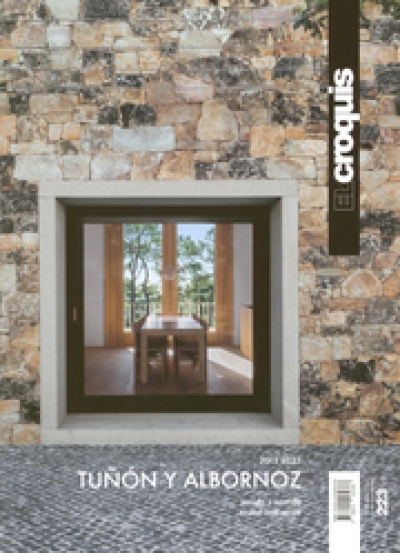Diedrich Diederichsen
Das 21. Jahrhundert. Essays
Redaktion Protocol
Protocol 14. Nonkonforme Architekturpraxis
Markus Miessen (Ed.)
Agonistic Assemblies. On the Spatial Politics of…
Christoph Ramisch (Ed)
Daidalos Nr 22-23
Hella Gerlach
Gelenkstellen - Loose Joints
Grant H. Kester
Beyond the Sovereign Self. Aesthetic Autonomy from the…
Jana Müller
Jana Müller. Falscher Hase / Mock Rabbit
Francois Dupuis-Déri, Benjamin Pillet (…
Anarcho-Indigenism. Conversations on Land and Freedom
Editors for this issue: Ariane Müller,…
Starship 20
Moises Puente (Hg.)
2G 90. Johansen Skovstedt
Achille Mbembe
Brutalism
Léa Perraudin, Clemens Winkler, Claudia…
Material Trajectories. Designing With Care?
Chus Martínez
The Complex Answer. On Art as a Nonbinary Intelligence
Kader Attia, Anselm Franke, Ana…
The White West: Fascism, Unreason, and the Paradox of…
Marion von Osten (Aut), Lucie Kolb,…
Material Marion von Osten 1: MoneyNations
Aleksandra Kędziorek, Katarzyna…
CIAM ARCHIPELAGO. The Letters by Helena Syrkus
Anna Kornbluh
Immediacy, Or, The Style of Too Late Capitalism
Georgina Voss
Systems Ultra. How Things, People, and Ideas Connect in a…
Piet Eckert, Wim Eckert (Hg.)
Ontologie der Konstruktion. Raumwirkung in der Architektur
Gabrielle Schaad, Torsten Lange (eds.)
archithese reader: Critical Positions in Search of…
Kersten Geers, Jelena Pancevac (eds.)
Giancarlo de Carlo. Experiments in Thickness
Lauren Berlant
Grausamer Optimismus
Robert Klanten, Mario Depicolzuane (Hg.)
Designing Brands. A Collaborative Approach To Creating…
Joanna Zylinska
The Perception Machine
Alessandro Ludovico
Tactical Publishing
Aaron Betsky
The Monster Leviathan. Anarchitecture
Jason McBride
Eat Your Mind. The Radical Life and Work of Kathy Acker
Nóra Ó Murchú, Janez Fakin Janša (Eds.)
A Short Incomplete History of Technologies That Scale
Ingo Niermann
The Monadic Age. Notes on the Coming Social Order
Dennis Pohl
Building Carbon Europe
Julieta Aranda, Kaye Cain-Nielsen,…
Wonderflux - A Decade of e-flux Journal
Regine Ehleiter, Clio Nicastro, titre…
HaFI 020: Erika Runge: Überlegungen beim Abschied von der…
Natascha Sadr Haghighian, Tom Holert
HaFI 019: Natascha Sadr Haghighian: Was ich noch nicht…
Sónia Vaz Borges, Madeleine Bernstorff…
HaFI 018: Skip Norman: On Africa
Clémentine Deliss
Skin in the Game
Peter G. Rowe, Yoeun Chung
Design Thinking and Storytelling in Architecture
Richard Weller
To the Ends of the Earth. A Grand Tour for the 21st Century
François J. Bonnet, Bartolomé Sanson (…
Spectres IV. A Thousand Voices / Mille Voix
Edited by Jolanthe Kugler and Scott…
Keep it Flat. A little history on flat earth
Edited by Jolanthe Kugler and Scott…
Objective: Earth - Designing our Planet
Daniel Martin Feige, Sandra Meireis (Hg…
Ästhetik und Architektur
Luis Manuel Garcia-Mispireta
Together, Somehow. Music, Affect, and Intimacy on the…
Arnold Aronson
Fifty Key Theatre Designers
Quentin Stevens, Kim Dovey
Temporary and Tactical Urbanism: (Re)assembling Urban Space
Flavien Menu (Ed.)
Proto-Habitat
Matteo Pasquinelli
The Eye of the Master. A Social History of Artificial…
Angelika Burtscher, Daniele Lupo
AS IF - 16 Dialogues about Sheep, Black Holes, and Movement…
Anna Unterstab
Design intersektional unter die Lupe nehmen. Gestaltung als…
Silvio Lorusso
What Design Can't Do. Essays on Design and Disillusion
OASE Journal for Architecture #116
Lena Enne
Everyday Urban Design 8. Anmeldung not possible. Das…
Ruth Duma-Coman
Everyday Urban Design 7. Der translokale Gebrauch des…
Andrew Berardini
Colors
Heinz Hirdina, Achim Trebeß, Stiftung…
Theorie und Geschichte des Designs 2. Reaktionen auf die…
Heinz Hirdina, Achim Trebeß, Stiftung…
Theorie und Geschichte des Designs 1 Einführung / Italien…
Lukas Feireiss, Florian Hadler (Hg)
Weak Signals. New Narratives in Art and Technology
dérive
dérive N° 94, Wohnungslosigkeit beenden (Jan-Mär 2024)
raumlaborberlin
Polylemma. raumlaborberlin
IDEA Magazine
IDEA 404. Co-creation between AI and US
Johanna Mehl, Carolin Höfler (Eds)
Attending [to] Futures. Matters of Politics in Design…
Talja Blokland
Gemeinschaft als urbane Praxis
Deirdre Loughridge
Sounding Human. Music and Machines, 1740/2020
El Croquis
El Croquis 223.Tunon Y Albornoz 2023 - 2023
Claudia Hummel, Valeria Fahrenkrog,…
Berliner Hefte zu Geschichte und Gegenwart der Stadt #10.…
Lukas Brecheler, Lionel Esche
Wohnhochhaus
Gianpaolo Tucci
Aesthetics Imperfections. How AI is Changing the Landscape…
Gary Zhexi Zhang
Catastrophe Time!
Pier Vittorio Aureli
Architecture and Abstraction
Ina Wudtke
Black Studium. A Tribute to Fasia Jansen, Hilarius Gilges…
Małgorzata Bartosik
Bronisław Zelek. In the letter wonderland
Lorraine Daston
Regeln. Eine kurze Geschichte
Bernadette Krejs
Instagram Wohnen
Myria Georgiou
Being Human in Digital Cities
Francesca Ferrando
The Art of Being Posthuman: Who Are We in the 21st Century?
Felix Dreesen, Stephan Thierbach
Styrohaus
Loretta Lees, Tom Slater, Elvin Wyly (…
The Planetary Gentrification Reader
Penny Lewis, Lorens Holm, Sandra Costa…
Architecture and Collective Life
Anthony Brand
Touching Architecture. Affective Atmospheres and Embodied…
Sarah Pink, Vaike Fors, Debora Lanzeni…
Design Ethnography: Research, Responsibilities and Futures
Marcelo López-Dinardi
Architecture from Public to Commons
Edna Bonhomme, Alice Spawls (Eds)
After Sex
Philipp Oswalt
Bauen am nationalen Haus. Architektur als Identitätspolitik
Samuel Clowes Huneke
A Queer Theory of the State
Megan Francis Sullivan
Megan Francis Sullivan. Oral History of Exhibitions
Bruno Munari
Bruno Munari. Fantasia. Erfindung, Kreativität und…
Simone Jung, Steffi Hobuß, Sven Kramer
Öffentlichkeiten zwischen Fakt und Fiktion.
Ben Schwartz (ed)
UNLICENSED. Bootlegging As a Creative Practice
Rick Poynor
Why Graphic Culture Matters
Katharina Sussek, Jens Müller
PUMA - The Graphic Heritage
Jens Müller (Hg)
ZDF TV+Design. Sechs Jahrzehnte Fernseh- und Corporate…
Roger Behrens, Jonas Engelmann, Frank…
testcard #27. Rechtspop
Jonathan Cary
Tricks of the Light. Essays on Art and Spectacle
Monica Ponce De Leon (Ed.)
Lina Bo Bardi. Material Ideologies
Ghislaine Leung
Bosses
Samia Henni (Hg)
Deserts Are Not Empty
Rizvana Bradley
Anteaesthetics. Black Aesthesis and the Critique of Form
Nerea Calvillo
Aeropolis. Queering Air in Toxicpolluted Worlds
George Papam, David Bergé (Eds.)
Islands After Tourism. Escaping the Monocultures of Leisure
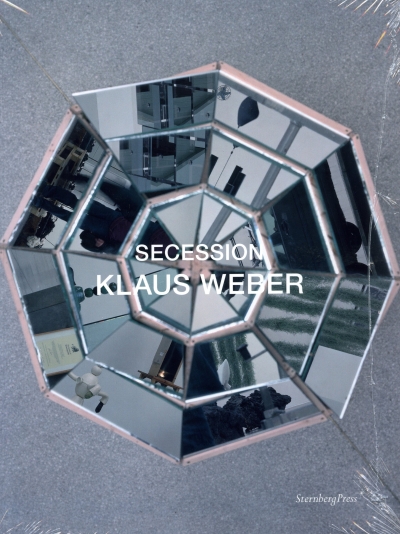



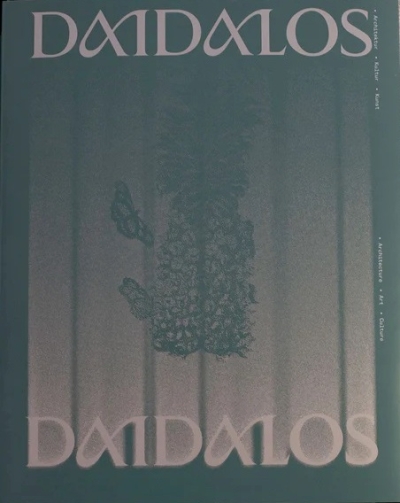



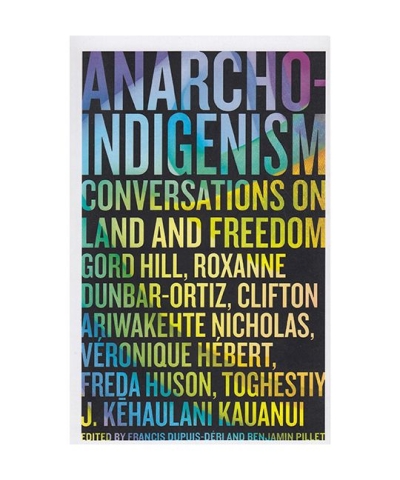








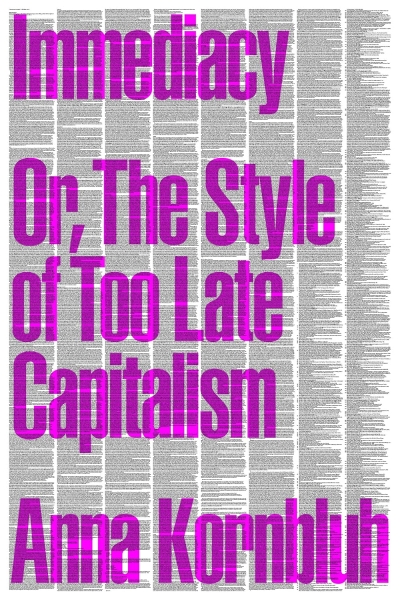
































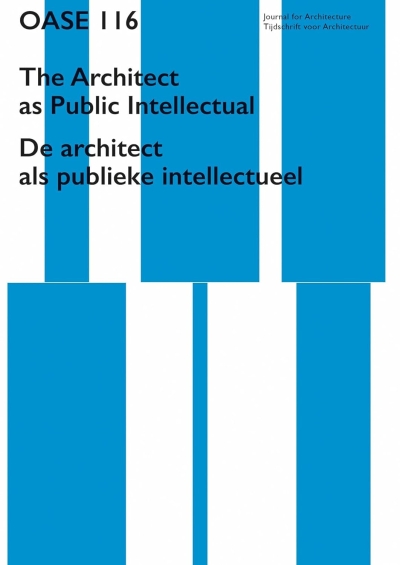









![Attending [to] Futures Cover](/sites/default/files/styles/400/public/media/coverbilder/9667928300001A.jpg?itok=rApLfGZY)


